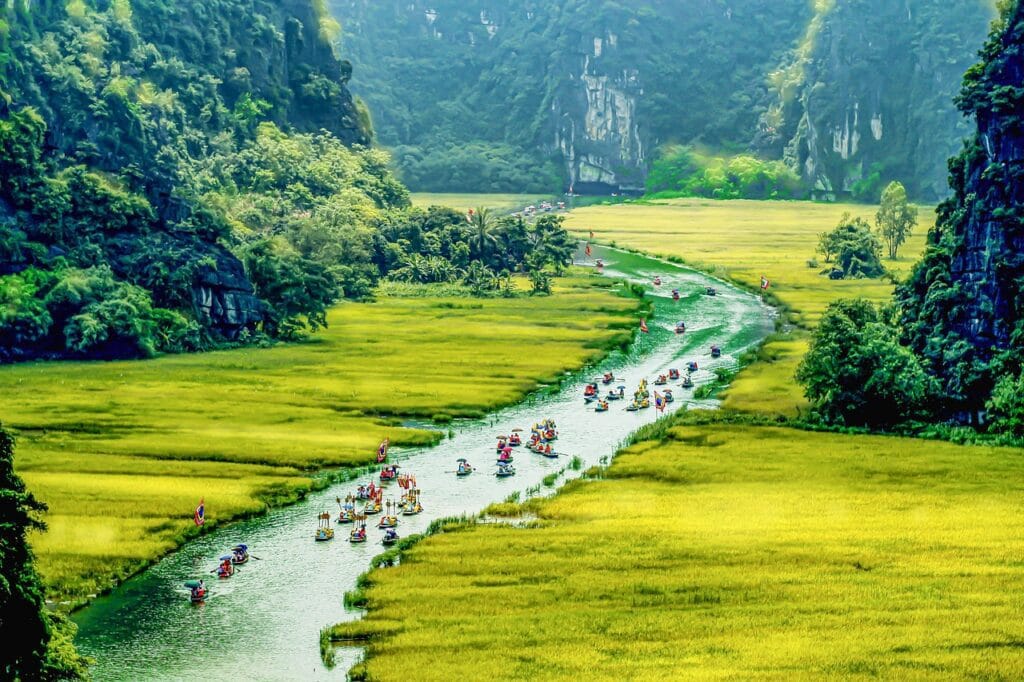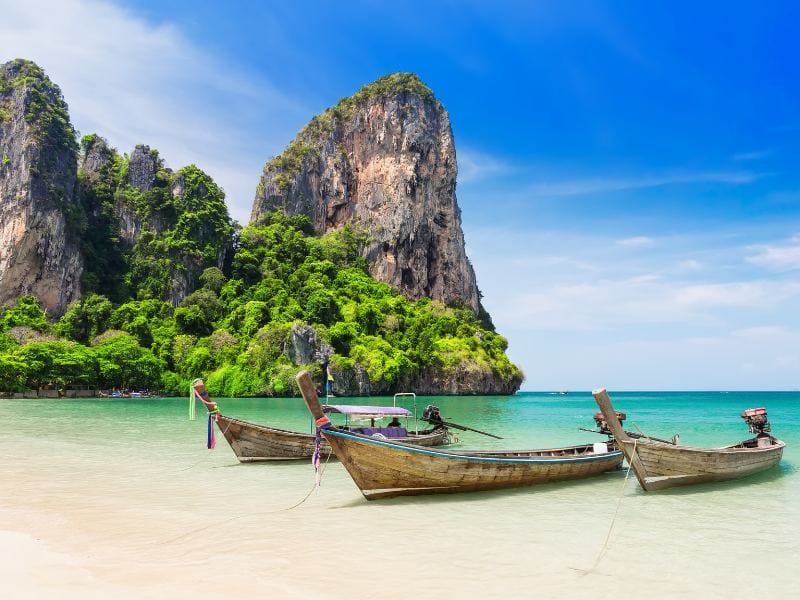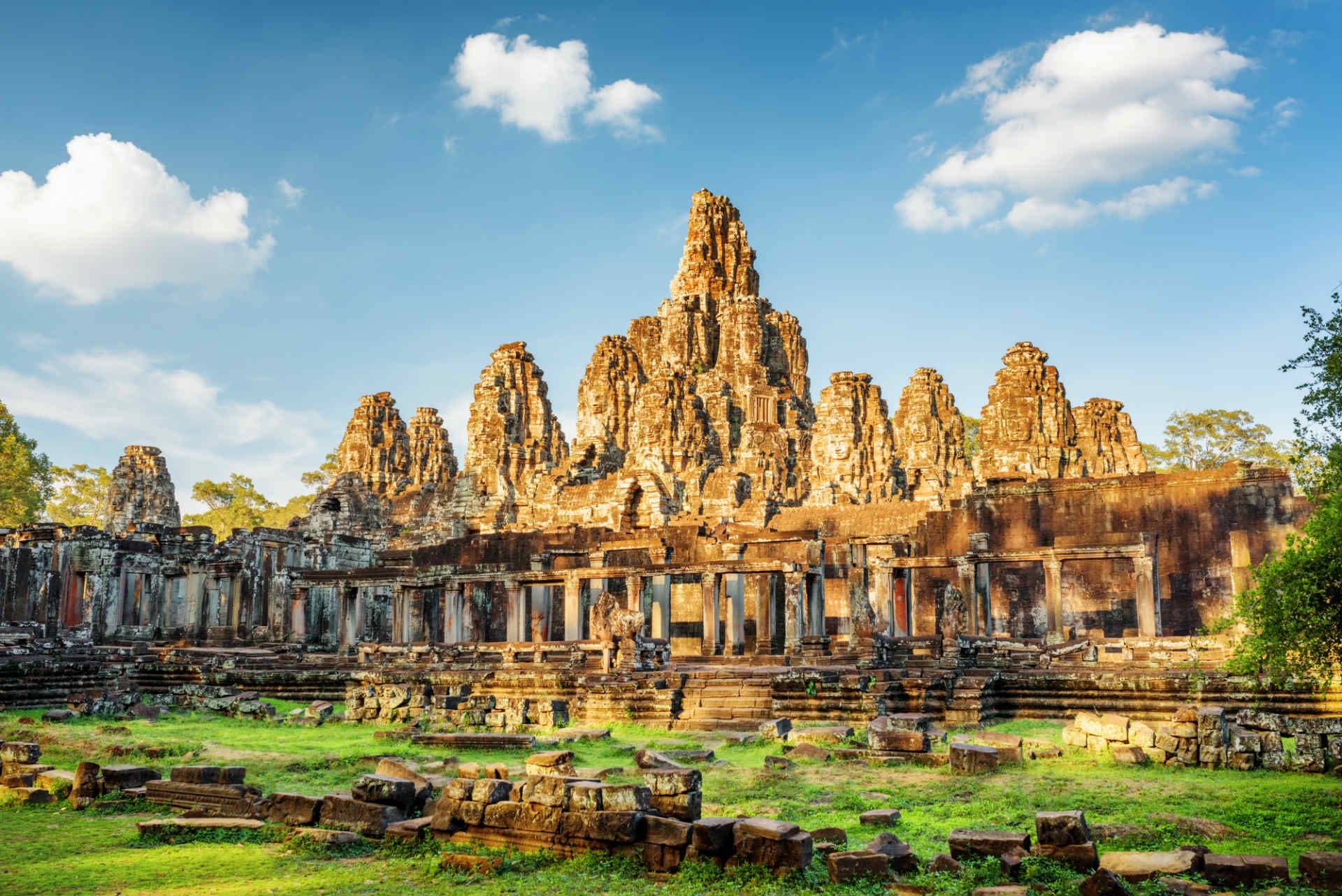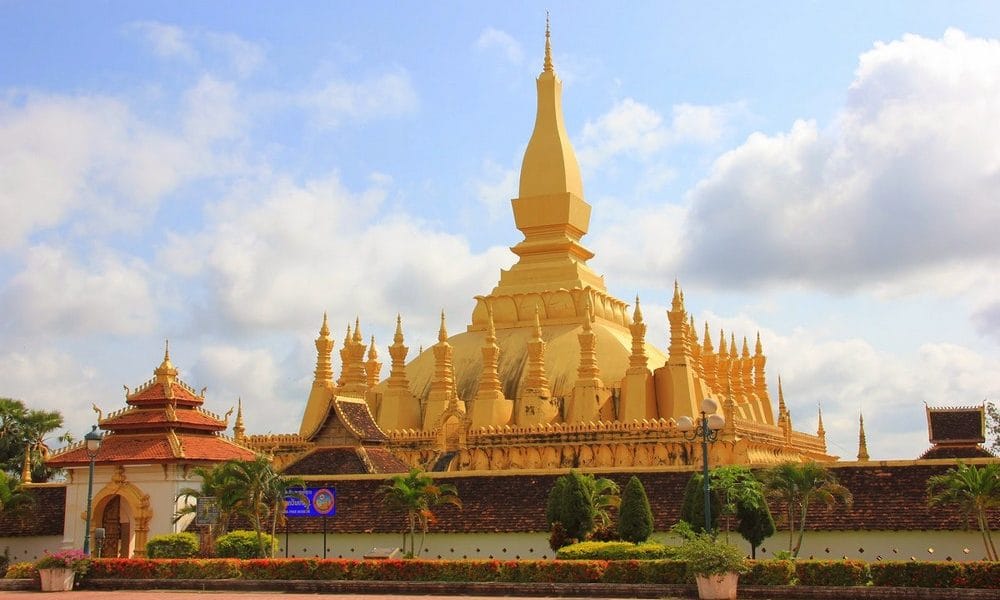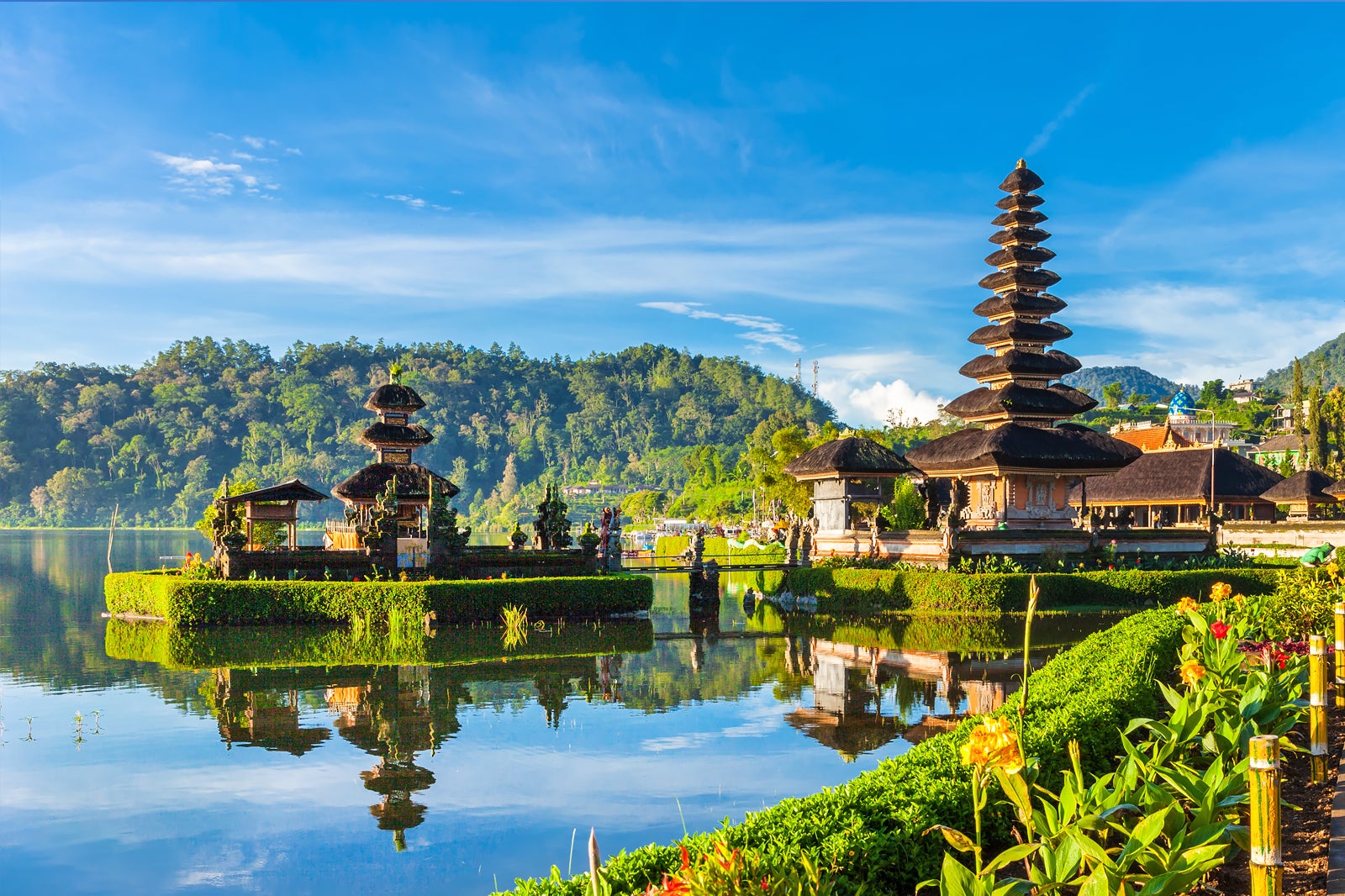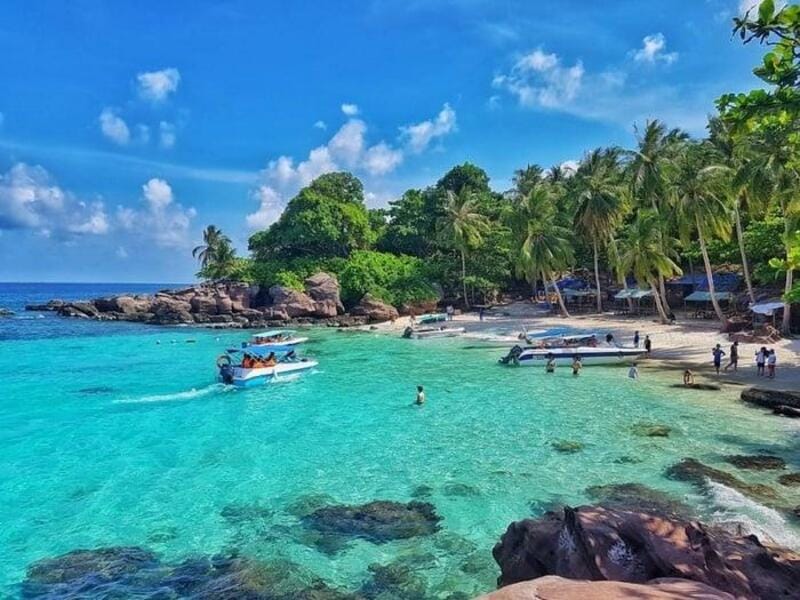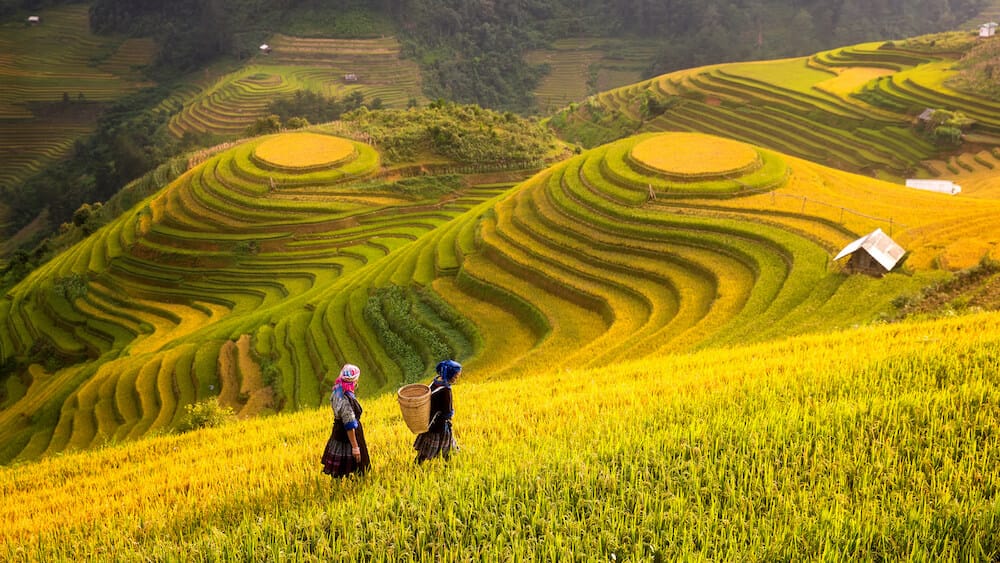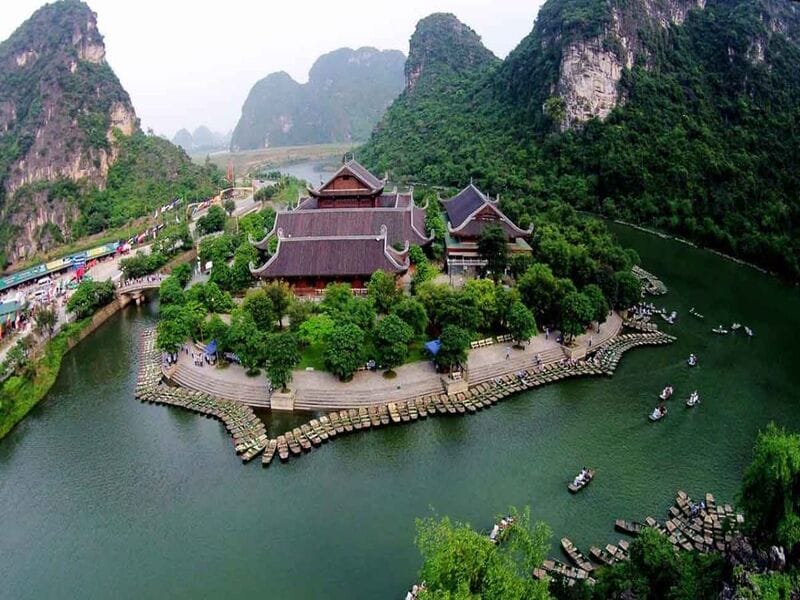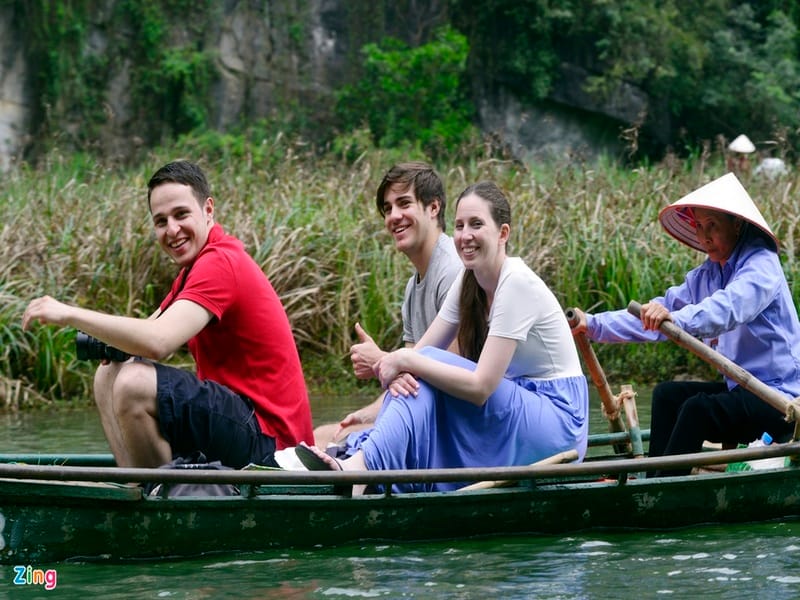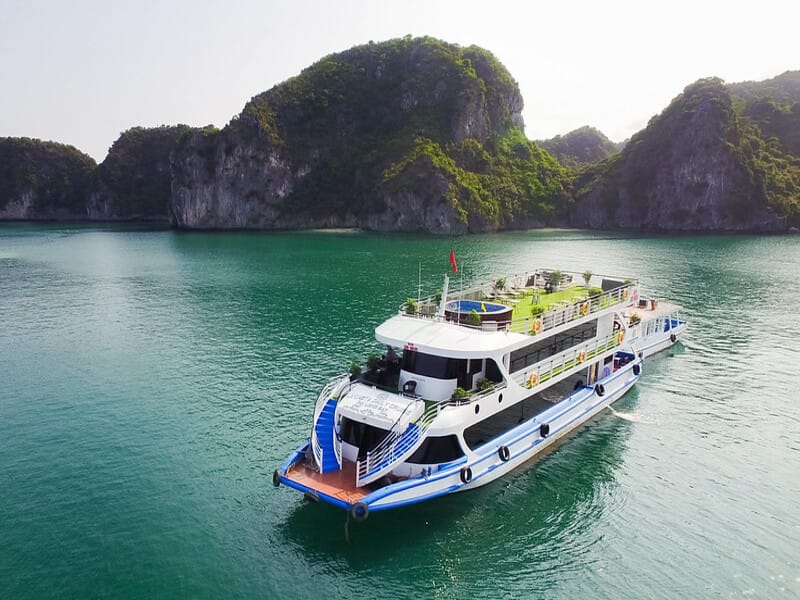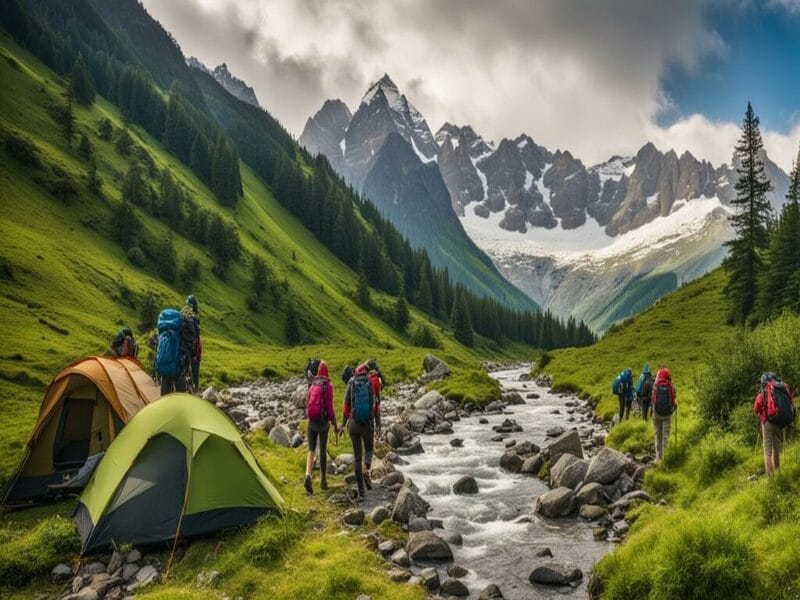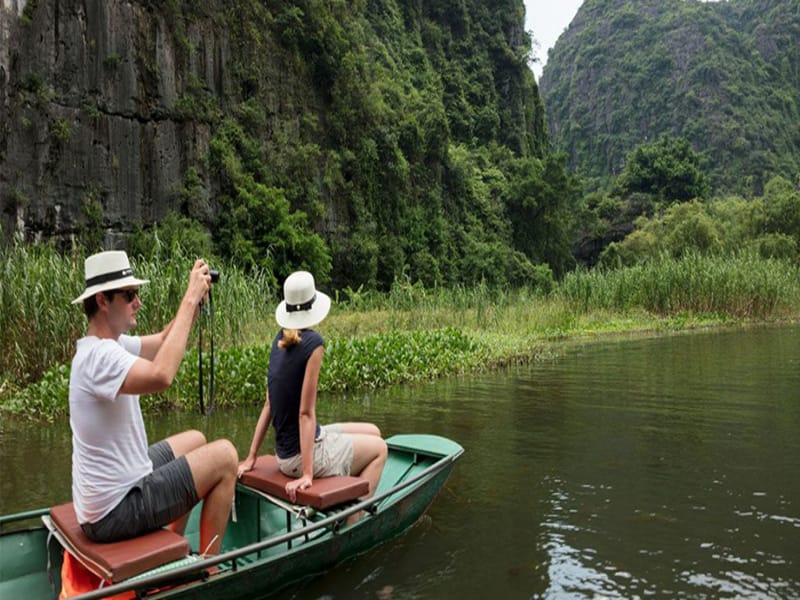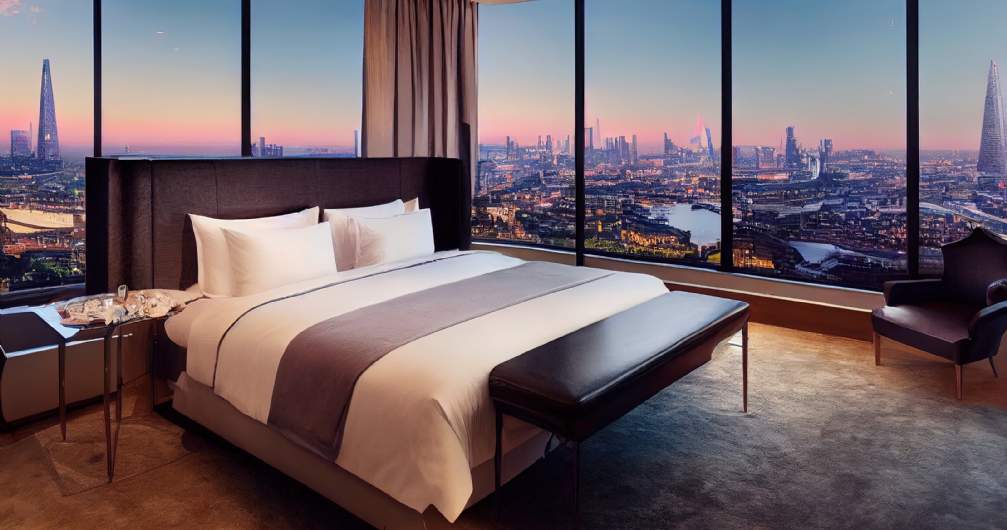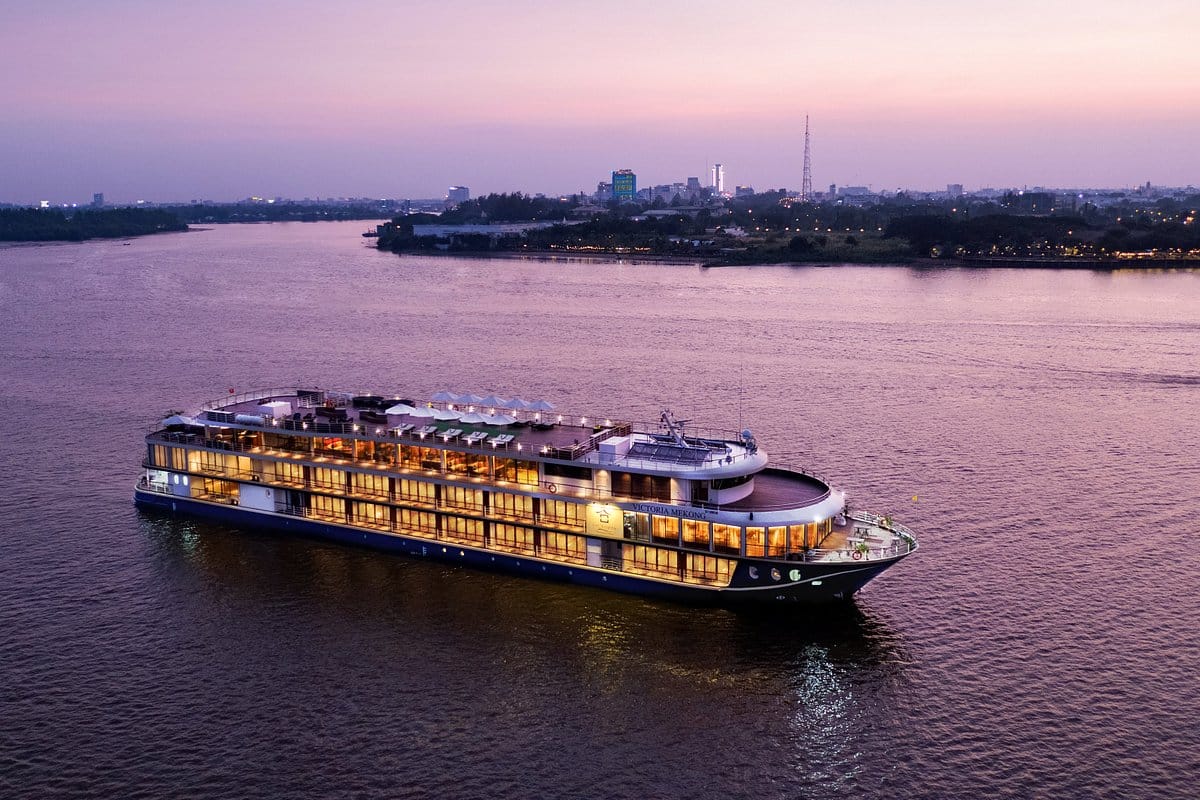Like the famous Y Linh Ho Village, Lao Chai – Ta Van Village ranks among the most enchanting destinations in Sapa. With its breathtaking, untouched natural beauty, Lao Chai captivates every visitor at first sight. These villages feel like a poetic muse inspired by the northwest mountains — a place to fall in love with instantly.
-
General Overview
Located between 7 to 11 km from Sapa Town depending on your route, Lao Chai and Ta Van are two large ethnic villages nestled in the Muong Hoa Valley — the largest valley in Sapa, cradled by the Hoang Lien Son mountain range. The villages are home to vibrant communities of H’mong, Dao Do, and Giay ethnic groups.
To this day, Lao Chai and Ta Van retain their pristine charm, offering travelers an authentic glimpse of highland life far from urbanization. Spending time here means soaking in tranquility, romance, and spectacular scenery — from lush terraced fields rolling over hillsides, babbling streams, to the melodic calls of forest birds.
-
Why Visit Lao Chai – Ta Van Village?
2.1. Stunning Terraced Fields
The terraced rice fields here are nothing short of magical. Especially from April to September, the fields glow golden with ripe crops, creating an awe-inspiring natural tapestry. These terraces, cultivated for decades, have been passed down through generations of H’mong and Dao farmers, preserving ancient agricultural traditions.
The expansive terraced fields not only highlight the villages’ unique beauty but also serve as a perfect backdrop for unforgettable photos.
2.2. Experience Local Festivals
If you visit during festival season, you’ll witness vibrant traditional dance performances and ethnic music unique to the region. The lively celebrations often culminate in communal nights around large campfires, where locals sing and dance to unwind after a hard day’s work — offering visitors an immersive cultural experience.
2.3. Savor Authentic Local Cuisine
From buffalo meat cooked in traditional upstairs kitchens to savory rolls wrapped in guise leaves, and local specialties like corn wine, apple cider, and red plum wine — the village’s culinary offerings are simple yet deeply flavorful. Sharing these meals fosters a warm connection between visitors and locals, inviting you to feel at home.
2.4. Live Like a Local with Homestays
For an authentic experience, stay at one of the rustic homestays scattered along the rice terraces. Built mostly from wood and perched on gentle slopes, these homestays offer cozy accommodations surrounded by majestic mountains and peaceful streams.
Waking up to such serene natural beauty, you’ll truly experience the daily rhythms and cultural richness of the ethnic communities.
2.5. Discover the Oldest Village – Giay Community
Lao Chai – Ta Van Village is divided into smaller hamlets, including the oldest settlement inhabited by the Giay ethnic group. Situated within Hoang Lien National Park, this village enchants visitors with its untouched landscapes and peaceful surroundings blanketed in verdant trees.
-
Important Visitor Information
In the past, visiting Ta Van Village was free and access was loosely controlled. However, to better support local communities and maintain infrastructure, an entrance fee is now required for Lao Chai – Ta Van and most other tourist spots in Sapa. The fees help fund road repairs and improve the overall visitor experience.
-
Recommended Nearby Attractions
4.1. Rattan Bridge (Cầu Mây)
This charming bridge, constructed entirely from bamboo and rattan, crosses the Muong Hoa Stream and lies about 17 km southeast of Sapa town. Locals call it Cầu Mây, reflecting its natural materials and intricate craftsmanship.
4.2. Bac Ha Market
Held every Sunday in Bac Ha town, this vibrant market is among the most authentic ethnic markets in Southeast Asia. Ethnic minorities from nearby villages gather here to trade goods, socialize, eat, and celebrate their culture — arriving on foot, motorcycles, horses, or even water buffalo. A visit here is a unique glimpse into local life.
4.3. Cat Cat Village
Just 2 km from Sapa’s center, Cat Cat Village is home to the H’mong community, nestled at the foot of the Hoang Lien Son mountains near Fansipan peak. The village’s traditional architecture—wooden houses with “Pơmu” wood roofs and stone foundations—adds to its charm.
4.4. Thac Bac Waterfall
Also known as Silver Waterfall, this majestic cascade is a popular summer retreat for fresh air and nature’s beauty.
4.5. Ham Rong Mountain
Right in the heart of Sapa town, Ham Rong Mountain offers scenic gardens like Orchid Garden, Heaven Gate, Cloud Garden, and Dao Garden, covering an area of nearly 150 hectares.
4.6. Sun World Fansipan Legend
Fansipan is Vietnam’s highest peak, often called the “Roof of Indochina.” For those who prefer not to trek, a cable car ride provides a breathtaking way to reach the summit.
4.7. Sapa Church
Built by the French in the early 20th century, this stone Catholic church with its iconic bell tower stands in Sapa’s center. Known as the Church of Our Lady of the Rosary, it’s a cultural landmark for the region’s ethnic minorities.
4.8. Sin Chai Village
Like Lao Chai and Ta Van, Sin Chai remains largely untouched by tourism. Located about 5 km from Sapa town and near Cat Cat village, it’s ideal for travelers seeking wild, mysterious landscapes and authentic experiences.

